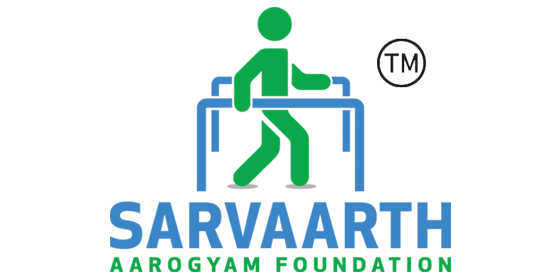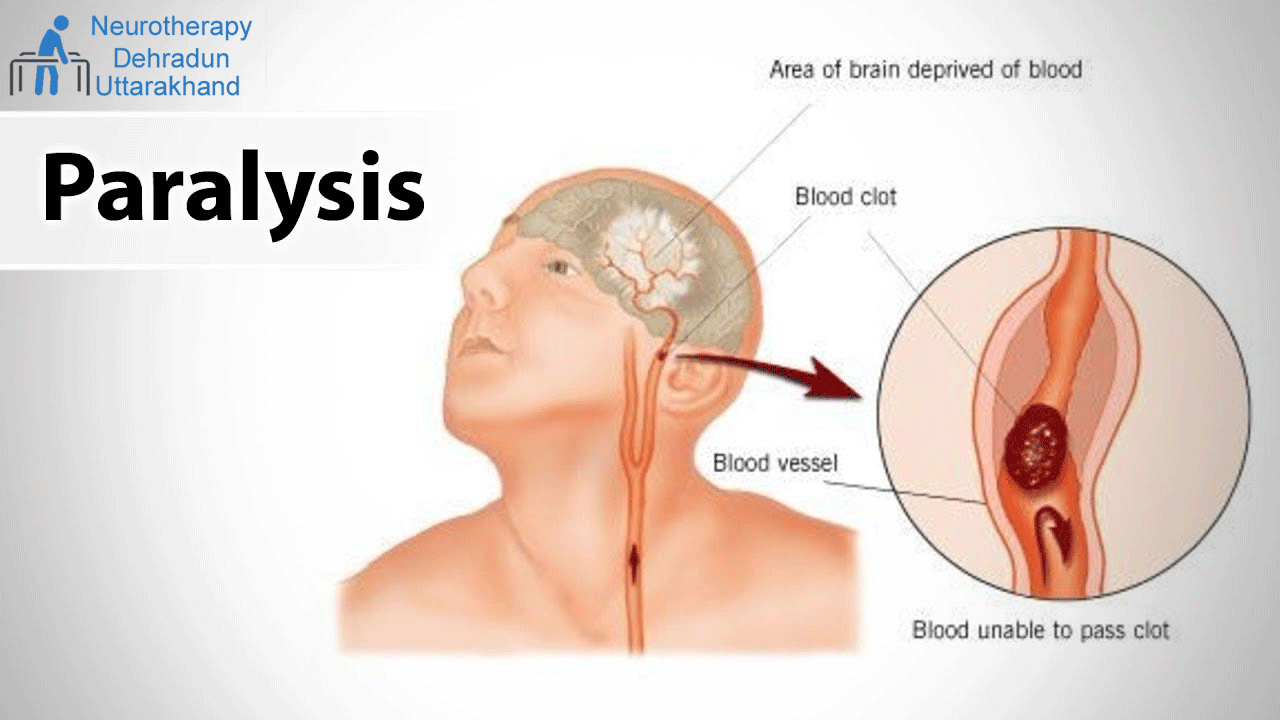Paralysis
When, in any part of the human body, there is a loss of muscle function, it is called paralysis. This condition happens when something goes gravely wrong between the manner in which messages are passed by the brain and the muscles. Paralysis is usually of two kinds- partial or complete. Paralysis can affect either one or both sides of the human body. In some cases, just one area of your body gets affected, while in some other cases it can be widespread. When paralysis hits the lower half of the human body, such as both legs, it is referred to as paraplegia. When paralysis hits arms as well as legs, it is referred to as quadriplegia.
In the majority of cases, paralysis happens because of strokes or any kind of injury like an injury to the spinal cord or a broken neck. There can be other reasons for paralysis such as:
• Nerve diseases like amyotrophic lateral sclerosis
• Autoimmune diseases like Guillain-Barre syndrome
• Bell's palsy in which muscles of the face get affected.
If the patient with paralysis is given the treatment of Neurotherapy immediately, the patient returns to his normal condition very soon. Neurotherapy can also cure the physical heaviness of the brain through treatment. As the brain of the paralysis patient gets damaged on one side, the brain stops receiving messages to balance the body, due to which a part of the body either stops working or very rarely works. Which can be cured with Neurotherapy treatment.

